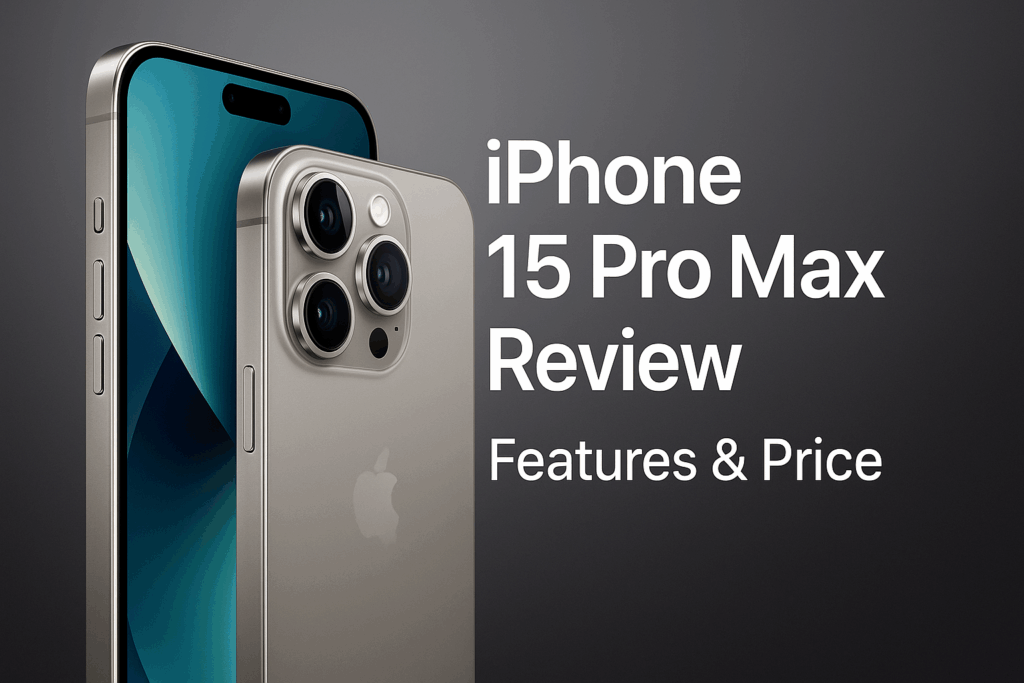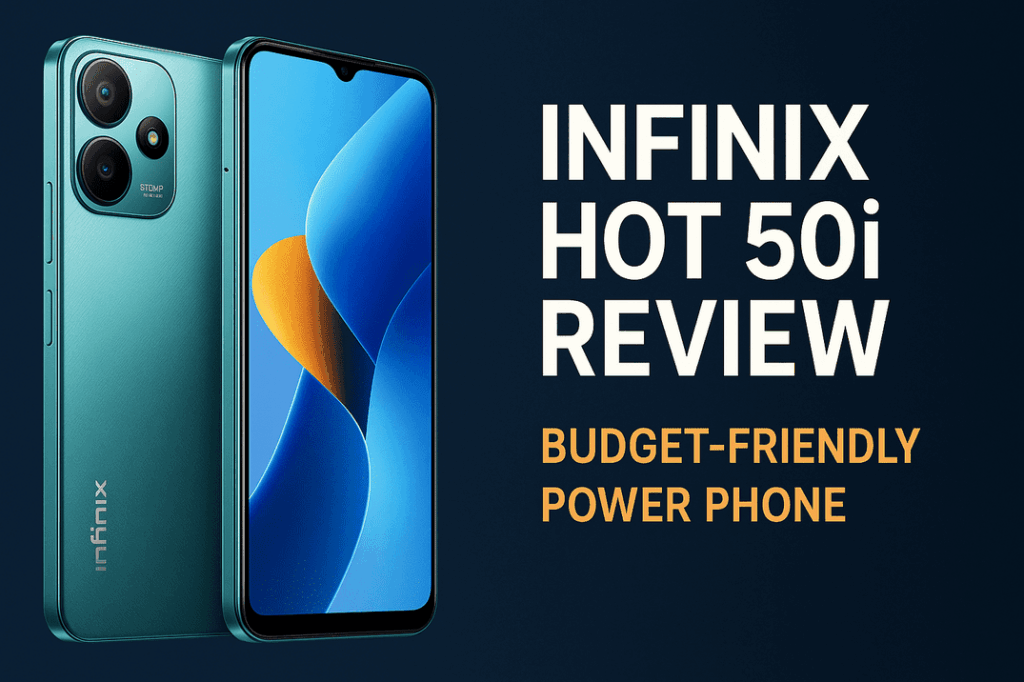The thought of ditching your bulky laptop for the sleek convenience of a smartphone might sound like a futuristic dream, but in 2025, the lines between these two essential computing devices are already blurring rapidly. In the bustling markets of Computer Village in Lagos, you see professionals handling complex tasks on their high-end smartphones, students typing essays on portable keyboards connected to their mobile devices, and entrepreneurs running entire businesses from the palm of their hand. The rapid evolution of smartphone capabilities begs a crucial question: Will smartphones truly replace laptops as our primary computing device by 2030?
This isn’t a simple yes or no answer. The convergence of hardware power, software innovation, and changing work habits is accelerating, making the smartphone an increasingly formidable contender in the productivity space. However, laptops still hold distinct advantages that cater to specific needs. This article will delve deep into the technological trends, user behaviors, and economic factors that will shape this debate over the next five years. We’ll examine the areas where smartphones are already excelling, where laptops still reign supreme, and what innovations could ultimately tip the scales, particularly for users in Nigeria navigating their daily professional and personal lives. 📱💻
The Smartphone’s Ascent: More Than Just a Communication Device
The modern smartphone is a far cry from its early predecessors. Today, it’s a supercomputer in your pocket, boasting capabilities that were once exclusive to high-end laptops.
- Processor Power: Flagship smartphone chipsets (like Apple’s A-series Bionic and Qualcomm’s Snapdragon 8-series) now routinely outperform many entry-level and even some mid-range laptop CPUs in raw computational power. They are optimized for AI and machine learning tasks, making them incredibly efficient for complex operations.
- RAM and Storage: With smartphones now offering up to 16GB or even 24GB of RAM and internal storage reaching 1TB or more, they can handle intensive multitasking and store vast amounts of data without breaking a sweat.
- Display Technology: Modern smartphone displays are vibrant, high-resolution AMOLED panels with high refresh rates, offering a stunning visual experience that’s often superior to many laptop screens. The move towards larger, even foldable and rollable, smartphone displays further enhances this.
- Operating System Evolution: Mobile operating systems like Android and iOS are becoming increasingly sophisticated, offering features like robust multitasking (split-screen, floating windows), desktop modes (Samsung DeX, Motorola Ready For), and comprehensive file management.
- Connectivity: With advanced 5G capabilities, Wi-Fi 7, and seamless integration with cloud services, smartphones offer always-on, high-speed connectivity that can rival or exceed traditional laptop networks.
- Peripherals: The growth of portable Bluetooth keyboards, mice, external monitors, and even portable docks means smartphones can easily be transformed into a desktop-like setup. Many Android phones now support full external display output.
The Laptop’s Enduring Strengths: Why It Still Matters
Despite the smartphone’s impressive evolution, laptops continue to hold critical advantages that make them indispensable for certain tasks and user groups in 2025.
- Ergonomics and User Interface: For prolonged periods of typing, complex design work, or intense coding, a full-sized physical keyboard, a larger trackpad, and a bigger screen (typically 13-16 inches) offer superior ergonomics and a more comfortable user experience. This is crucial for professionals in Nigeria spending hours on reports or creative projects.
- Complex Software and Ecosystems: Desktop operating systems (Windows, macOS, Linux) support a vast array of powerful, full-featured professional software (e.g., Adobe Creative Suite, CAD programs, specialized development environments) that are either not available or heavily watered down on mobile platforms.
- Cooling and Sustained Performance: Laptops, with their larger form factors, can incorporate more robust cooling systems (fans, heat pipes), allowing their processors to sustain peak performance for much longer periods without thermal throttling – essential for video rendering, compiling code, or gaming.
- Input Flexibility: Beyond the keyboard and mouse, laptops often integrate multiple full-sized ports (USB-A, HDMI, Ethernet, SD card slots) for easy connectivity to external devices, projectors, and networks without needing multiple adapters.
- Power for Intensive Tasks: While smartphone chips are powerful, for truly processor-intensive tasks like high-end video editing, 3D rendering, or running virtual machines, a laptop’s dedicated GPU and higher-wattage CPU still provide a significant advantage.
The Convergence Point: Where the Lines Blur
The future likely isn’t a complete replacement but a convergence, where each device serves specific, albeit sometimes overlapping, roles.
- Desktop Modes (Samsung DeX, Motorola Ready For): These features already allow users to connect their smartphones to external monitors, keyboards, and mice, providing a desktop-like interface. In 2025, these modes are becoming more sophisticated, with improved window management and better app compatibility, making them viable for light to moderate productivity tasks.
- Cloud Computing and Web Apps: The increasing reliance on cloud-based applications (Google Workspace, Office 365 web versions, cloud-based design tools) means that many tasks no longer require locally installed, heavy software. A powerful smartphone with a good browser and an external display can handle these with ease.
- Mobile-First Workflows: Many professions, particularly those involving content creation for social media, photography, and communication, are increasingly mobile-first. Smartphones offer instant capture, editing, and sharing capabilities that laptops cannot match.
- Foldable and Rollable Phones: The emergence of devices that can transform into larger screen formats (like Samsung’s Fold series or future rollable concepts) blurs the line even further, offering a larger workspace when needed, then retracting into a pocketable phone.
Factors for the Nigerian Context by 2030
For users in Nigeria, the shift towards smartphones replacing laptops will be influenced by unique local factors:
- Affordability: Laptops remain a significant investment for many. If a high-end smartphone can genuinely replace a laptop for a lower total cost (considering peripherals), it will be a strong draw. The cost of purchasing and maintaining a laptop (including software licenses) can be prohibitive.
- Power and Connectivity: The “always-on” nature of smartphones, combined with improving 5G connectivity, offers a distinct advantage in a country where reliable electricity and fixed internet can be inconsistent. A smartphone can often operate independently for longer on battery power.
- Security and Portability: In urban centers like Lagos, the ease of carrying and securing a smartphone compared to a laptop can be a practical benefit.
- Infrastructure: The development of affordable, high-quality external monitors, keyboards, and other peripherals will be crucial for making the “smartphone-as-desktop” setup practical for a wider audience.
- App Ecosystem: The growth of powerful, locally relevant productivity and creative apps on mobile platforms will accelerate the shift.
- Education and Business: As educational institutions and small to medium-sized enterprises (SMEs) in Nigeria increasingly adopt digital tools, the versatility and cost-effectiveness of a smartphone acting as a primary computing device could see widespread adoption.
Will Smartphones Replace Laptops by 2030? A Nuanced Prediction
By 2030, a complete, wholesale replacement of laptops by smartphones is unlikely for all users. However, a significant shift in primary computing device will occur for a large segment of the population, particularly in certain use cases.
- For the Casual User and Light Productivity: Absolutely. For browsing, email, social media, content consumption, light document editing, and even most communication needs, a smartphone, possibly paired with an external display and keyboard, will be more than sufficient and likely preferred due to its portability and always-on nature. This segment will see the most significant replacement.
- For the Mobile Professional: Many professionals in fields like sales, marketing, journalism, and even some aspects of management, who primarily use office suites, email, web browsers, and communication tools, will find their smartphones increasingly capable of handling their core workload. With powerful desktop modes and cloud integration, their smartphones will become their primary “computer.”
- For Creatives, Developers, and Power Users: Laptops will likely remain indispensable. Tasks requiring sustained high performance (video editing, 3D rendering), specialized software (CAD, heavy IDEs), or superior ergonomics for long hours of intense work will still heavily favor laptops. However, even these users will find their smartphones taking on a larger supporting role for quick edits, reviews, and communication on the go.
- Emergence of “Hybrid” Devices: We might see a new category of devices by 2030 that are essentially smartphones with integrated, highly portable keyboard and larger screen accessories designed to seamlessly transform them into laptop-like machines when needed.
Conclusion: The Reign of the Hybrid User
By 2030, the smartphone will not entirely eliminate the laptop, but it will fundamentally reshape our relationship with personal computing. For the majority of everyday tasks and even a significant portion of professional work, the smartphone, augmented by sophisticated software and versatile peripherals, will become the primary computing device. Laptops will evolve to become more specialized, catering to demanding creative, scientific, and power-user needs where their unique strengths remain critical.
In Nigeria, this shift will be even more pronounced due to factors like affordability, portability, and access to consistent power and internet. The era of the “hybrid user” will be in full swing, where individuals seamlessly transition between their powerful, always-connected smartphone for most tasks and a laptop for when specialized power or ergonomic comfort is truly required. The future isn’t about one device replacing the other entirely, but rather about a more intelligent, adaptable, and integrated computing experience driven by the incredible evolution of the smartphone. The laptop’s obituary might be premature, but its role is certainly set to shrink and specialize.


